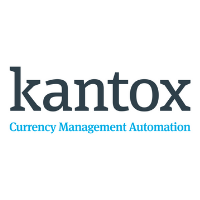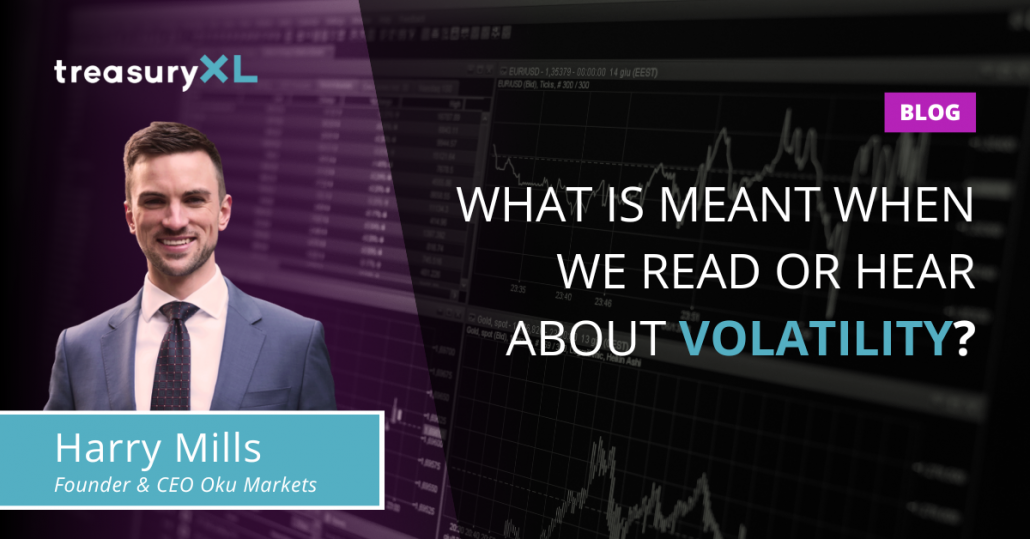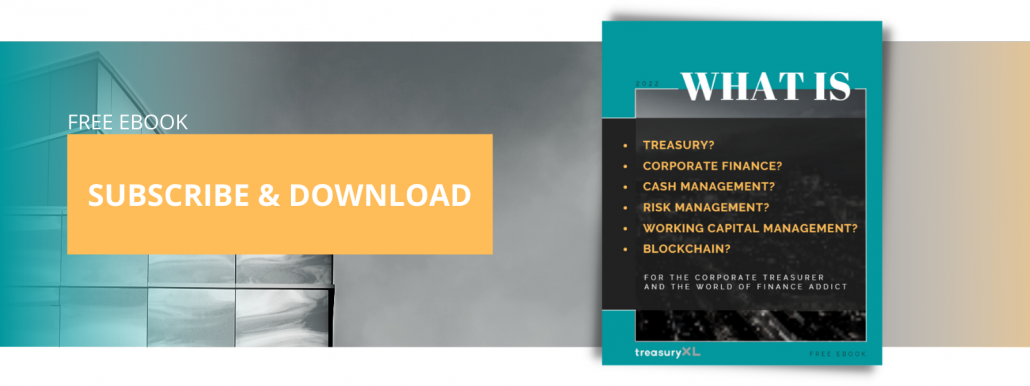19-11-2020 | treasuryXL | XE |
The biggest difference between neobanks and challenger banks is the presence or absence of a banking license, but it’s not the only difference.

Most banks began looking into online services shortly after 9/11 brought air travel to a sudden and screeching halt. They wanted a way to move money which did not involve placing paper checks on airplanes. Internet-based banking, or mostly internet-based banking, was the next logical step. According to some recent market research, neobanks and challenger banks will be worth over $470 billion USD by 2027. Frequently, people use these terms interchangeably. However, there are some significant differences between neobanks and challenger banks. Challenger banks are mostly online, and neobanks are exclusively online.
Neobank vs Challenger bank
But while the presence of physical locations (and lack thereof) is an important distinction between neobanks and challenger banks, it isn’t the only difference between the two bank types. There are several differences to note, as these differences often have a direct bearing on which one is best for your family or business.
Difference #1: physical presence
Think of it like this. Many retailers, like Walmart, have both a physical and an online presence. Other retailers, like Amazon, are exclusively online. Challenger banks and neobanks are basically the same. But the Walmart comparison only goes so far. Most challenger banks only have a handful of physical locations, as their online services are their main draw. Furthermore, most of these physical locations are in the UK. After the 2008 financial crisis, the government opened the market to new banks.
Neobanks, on the other hand, first appeared in 2017 as a way to fill the niche between traditional banks and FinTechs. Less than four years later, there are hundreds of these institutions in the UK, U.S., and worldwide.
Difference #2: accounts, products, and services
There are some other differences as well. Typically, challenger banks offer both personal and business accounts. Moreover, challenger banks streamline their products and services, so they can be more internet-friendly. Challenger banks are small institutions which “challenged” the Big Four UK banks (Barclay’s, Lloyd’s, HSBC, and RBS). Their technology-based services and commitment to markets traditionally under served by the Big Four quickly attracted legions of customers.
While neobanks do offer some personal accounts and services, they usually target small and medium-sized businesses (SMEs) and business startups. They present themselves not just as banks, but as online financial technology firms, and typically appeal to more tech-savvy customers.
Difference #3: banking license
What’s the difference between a psychiatrist and a psychologist? It’s not their sense of humor, or lack thereof. Psychiatrists can prescribe medication, and psychologists can only provide therapy.
That’s also the major difference between challenger banks and neobanks. Most challenger banks have such a limited physical presence that they are essentially 100 percent online. But challenger banks have banking licenses and neobanks do not. So, only challenger banks can offer a full range of financial services. That includes things like issuing credit cards and loaning money. Neobanks can offer these services as well, but only if they are tied to a licensed institution.
There is some overlap. Many neobanks essentially began as FinTechs. Then, once regulators approved their banking license requests, they became challenger banks.
Some examples of top challenger banks and top neobanks
Formed in 1995, Richard Branson’s Virgin Money is one of the oldest challenger banks in the UK. It also has locations in Australia and South Africa. Between 2007 and 2010, Virgin Money also operated in the U.S. A private equity group began Aldermore in 2009. The online institution bought Ruffler Bank a few months later, so the neobank became a challenger bank almost overnight. Aldermore is also the poster boy of this sector’s growth. South African financial conglomerate FirstRand recently bought Aldermore for a staggering £1.1 billion.
Durham, England’s Atom Bank was the UK’s first online financial institution to tailor its platform to tablets and smartphones, as opposed to PCs. It was also the first 100 percent digital bank to receive a banking license. Shortly thereafter, international banking giant BBVA acquired a large stake in Atom Bank. As a result, it expanded its financial services to include residential mortgages, competitive savings accounts, and secured business loans.
Founded in 1996, First Internet Bancorp was one of the first FDIC-insured, state-chartered financial institutions in the United States with a 100 percent online presence. It mostly offers retail services, like checking accounts, and securities investments. Customers also have access to installment loans, personal lines of credit, and other financial services. Chetwood Financial Services is an example of a limited challenger bank. It offers most financial services, with the exception of residential mortgages. Regulators do not allow CFS to issue any buy-to-let residential mortgages. Civilised Bank, which is now known as Allicia Bank, is in the same boat. It offers a single financial product, a twelve-month savings account, by virtue of a limited Part 4a UK license.
In 2010, General Motors Assurance Corporation, GM’s financing arm and a free-standing financial services company, became Ally Financial. Not surprisingly, Ally focuses on auto leasing and financing. It has close to five million such customers. In 2016 and again in 2019, the company significantly expanded its mortgage lending business. Ally is affiliated with Via, an online vehicle auction site.
San Francisco-based Good Money sends half its profits to social justice and environmental preservation groups. Accountholders cast ballots to decide where Good Money invests. The bank offers a range of FDIC-insured products, mostly DDA checking and savings accounts. As of January 2019, there was a waiting list to be a Good Money customer. All new customers also have the option of purchasing a stake in the company. Credit Suisse X is the online arm of the venerable Zurich-based investment bank. Its online banking services are targeted to individuals with high incomes. Online financial institutions are more able to go after specific market segments.
Use Xe to make international money transfers
Neobanks and challenger banks are good options for customers who want an all-online or mostly-online experience. But they are not a very good option for international money transfers. Traditionally, bank fees are rather high in this area, and you may not get the best exchange rates for your transfers.
Money transfer providers, such as XE, are neither neobanks nor challenger banks. Xe does not try to be all things to all people. Instead, we focus on electronic funds transfers in general, and international electronic funds transfers in particular. We have worked very hard to develop a platform that’s both convenient and secure. As a bonus, we are also able to offer fast money transfers (some taking just a few minutes) and competitive exchange rates.
Get in touch with XE.com
About XE.com
XE can help safeguard your profit margins and improve cashflow through quantifying the FX risk you face and implementing unique strategies to mitigate it. XE Business Solutions provides a comprehensive range of currency services and products to help businesses access competitive rates with greater control.
Deciding when to make an international payment and at what rate can be critical. XE Business Solutions work with businesses to protect bottom-line from exchange rate fluctuations, while the currency experts and risk management specialists act as eyes and ears in the market to protect your profits from the world’s volatile currency markets.
Your company money is safe with XE, their NASDAQ listed parent company, Euronet Worldwide Inc., has a multi billion-dollar market capitalization, and an investment grade credit rating. With offices in the UK, Canada, Europe, APAC and North America they have a truly global coverage.
Are you curious to know more about XE?
Maurits Houthoff, senior business development manager at XE.com, is always in for a cup of coffee, mail or call to provide you detailed information.

Visit XE.com
Visit XE partner page










